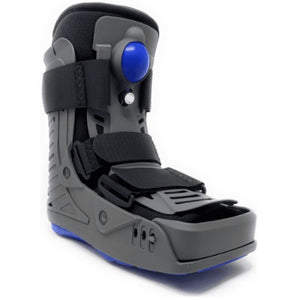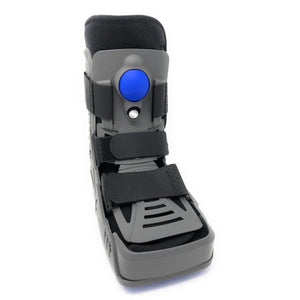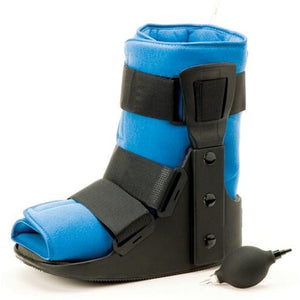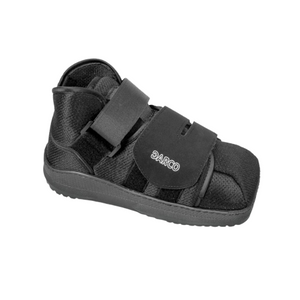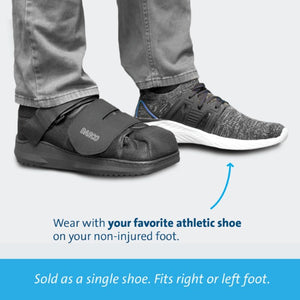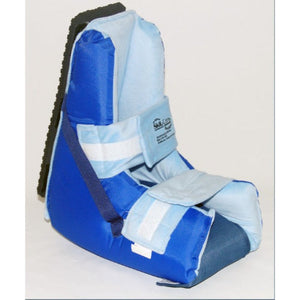Walking in a walking boot without crutches is possible—but only with the right technique, balance training, and orthopedic support. This guide gives 5 expert-backed strategies to help you transition safely and confidently.
Introduction: Regaining Mobility Without Crutches
Recovering from a foot or ankle injury can feel limiting—especially when you’re trying to move around in a walking boot. If you're wondering how to walk in a walking boot without crutches, you're not alone. With the right rehab strategies, posture adjustments, and gear, you can regain mobility faster and reduce your risk of re-injury.
1. Master the Right Walking Technique
Before ditching your crutches, it’s essential to learn how to step correctly while wearing a walking boot:
- Step heel-to-toe: Place your heel down first, then shift weight forward.
- Avoid limping: This can lead to imbalances and slow down recovery.
- Keep your foot flat while standing to maintain stability.
Tip: Practicing in front of a mirror helps identify any irregular gait patterns.
2. Strengthen Supporting Muscles Gradually
When transitioning from crutches to walking boots, your calf, thigh, and hip muscles need to be activated again:
- Do resistance band exercises for your ankle and foot
- Calf raises and balance drills improve coordination and strength.
- Physical therapy sessions help target weak muscle groups safely.
3. Use Orthopedic Insoles or Heel Wedges
Adding orthopedic insoles or heel lifts inside your walking boot helps balance your stride:
- Helps reduce strain on your knees and hips
- Promotes symmetrical walking motion
- Offers better comfort during long standing hours
Explore options on Moovkart like orthopedic heel lifts or pressure relief insoles to enhance your boot’s functionality.
4. Try a Short Cane or Walking Aid (Optional Step)
If your doctor approves, consider using a walking cane as an in-between step before walking unaided:
- It offers light support while improving confidence
- Encourages upright posture instead of leaning
Buy walking canes for post-injury rehab from the Moovkart orthopedic support section.
5. Wear the Right Supportive Footwear on the Other Leg
To reduce limping and ensure balance, your non-injured foot should also have the right support:
- Use a shoe balancer or matching height orthopedic shoe
- Avoid flip-flops, sandals, or uneven footwear
Find rehabilitation shoes for walker transition that match your boot’s height at Moovkart.
Frequently Asked Questions (FAQs)
1. How long should I wear a walking boot before stopping crutches?
Most people switch after 1–3 weeks depending on injury severity and balance. A medical assessment is key.
2. Can I walk outside with a walking boot?
Yes—but only on flat, dry surfaces. Avoid stairs and rough terrain early on.
3. Should I sleep with my walking boot?
Consult your doctor. Some cases require wearing the boot while sleeping, especially in the first week.
Conclusion: Take the First Step—Safely
Walking without crutches in a walking boot is a big milestone. With the right rehab techniques, balanced footwear, and orthopedic aids, you’ll regain your independence faster and safer.
Explore Moovkart’s collection of walking boots, heel lifts, and support gear to help you every step of the way.


